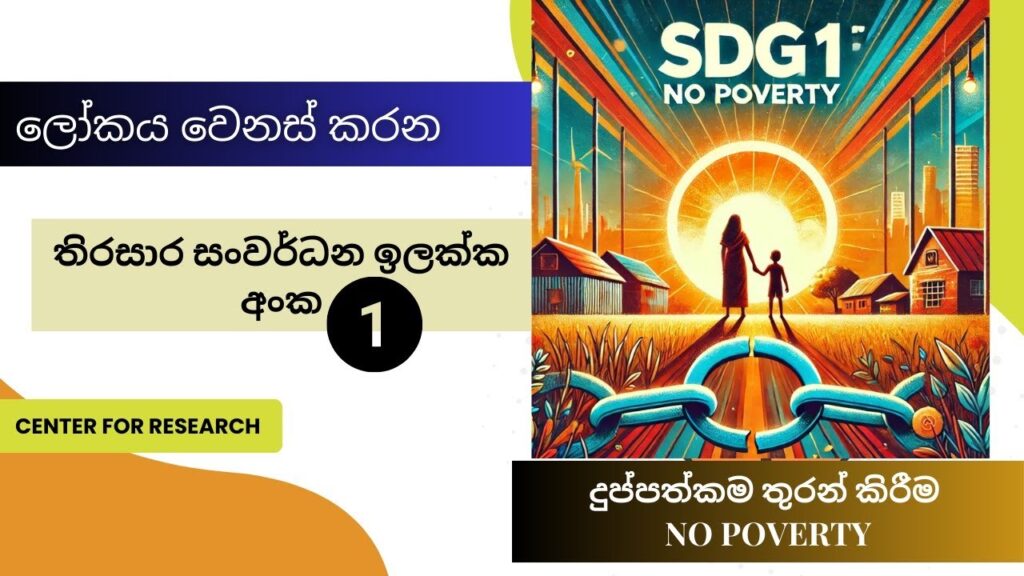As Sri Lanka plunged into a deep economic abyss in early April 2022, community uprisings and protests are still raging across the country. Protests are not the mindless mobs often depicted in the media and in movies, whether they are the result anger at a perceived injustice, or an active uprising against the government. Protests date back to the dawn of human collective action.
Experts in social psychology have spent a lot of time trying to figure out why people protest, whether they are small and peaceful or large and disorderly. In fact, psychological research into and explanations of crowd behavior dates back to at least the mid-1800s. Protests are often sparked by feelings of fear, frustration, and helplessness, as history has shown us time and time again. And in many cases, it only takes one person to spark a movement. However, what are the essential ingredients for creating an explosive environment? Emotional, environmental and societal factors all contribute to the emergence and spread of protests.

Efficiency
Making an effort on your own can seem like a waste of time, effort, and resources. If you’re only able to reach a handful of people via Twitter or a single blog post, it can feel as if you’re yelling into thin air. When others join in, the noise becomes even more obnoxious. The more people, money, and resources devoted to a cause when a campaign’s messaging is coordinated (think of hashtag campaigns), the better. As a result, our one small act appears to have greater significance and weight. The “contagion effect” is a term used to describe the activation that occurs as a result of increased efficiency.
Anonymity
In many ways, group dynamics and behavior are influenced by members’ ability to remain anonymous. In some cases, people want to have their names and faces associated with the causes they support. However, in many situations, people will not act alone because they are afraid of persecution, prosecution, or retaliation. Group dynamics make it much easier to blend in while also spreading risk and responsibility around, increasing the likelihood that someone will be willing to take the chance.
Survival triggers
The fight-or-flight response is triggered by adrenaline and stress hormones. As a result, our instincts kick in and tell us we are in a state of “survival mode.” In our current state, it is impossible for us to control our instinct to either stand our ground and fight, or flee from the danger. It’s much more likely that we’ll choose to stand our ground if we see others doing so. However, our immediate decision-making is heavily influenced by that indisputable human instinct.
Changing unjust laws and holding governments accountable have all been the results of some of history’s largest protests. In some cases, protests have become turning points in the history of the world because they have drawn so many people to the streets. When a large-scale demonstration fails to achieve its goals, it leaves a lasting impression on society, often inspiring similar protests around the world and over time.
![]()

